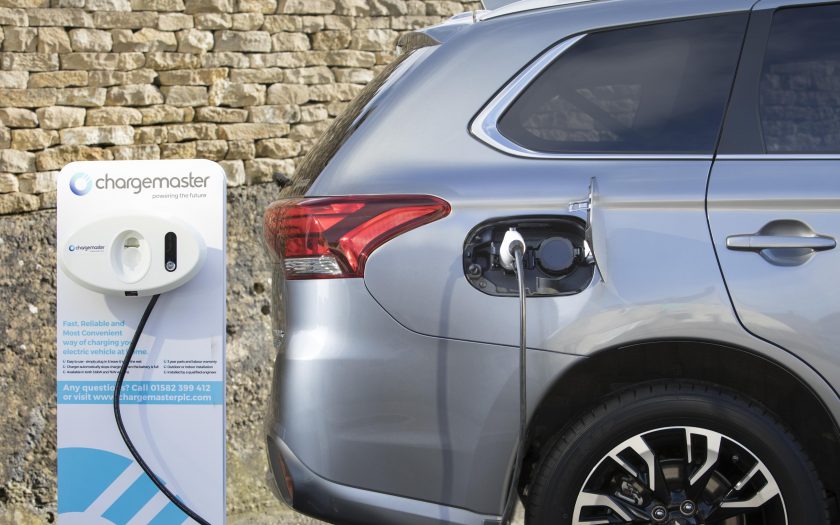ONE OF THE MORE USABLE hybrids on the Australian market is the Mitsubishi Outlander PHEV. That explains why it is the biggest-selling electric vehicle locally.
The new model which goes on sale in the UK on August 1 is now being promoted using the more realistic real-world WLTP ratings (rather than the less realistic NEDC fuel economy and emissions ratings).
This means the new PHEV is rated at 2L/100km (141mpg) with an electric vehicle range of 45 km (28 miles) and emissions of just 46g/km.
If you were to buy the Outlander PHEV in the UK, you’d qualify for a Plug-in Car Grant and exemption from the London congestion charge. These include a £10 Alternative Fuel Discount applied to both the First Year Rate and Standard Rate, company car tax Benefit in Kind when company cars are used for private use (saving around £1000 a year for a £20,000 car), Ultra Low Emissions Discount for vehicles emitting 75gCO2/km or less (exemption from the London Congestion Charge equivalent to £10 a year) and Enhanced Capital Allowances that allow some companies or organisations to set the whole cost of the vehicle against its taxable profits in the first year following purchase.
Not so in Australia, where buyers of fully electric or hybrid vehicles are given virtually no incentives and find themselves paying a premium for such vehicles (the only incentive we could discover is a stamp duty exemption for EVs in the ACT). The Outlander LS sells for $35,990 (plus on-roads) compared to the equivalent PHEV version at $50,490, while the better-equipped Exceed petrol version is $41,990 compared to the PHEV Exceed at $55,490 (the diesel LS is $39,490 and the diesel Exceed is $45,490).
The model going on sale in Europe, according to Mitsubishi Australia, will only be offered in Europe and Japan. However, the local model will be getting an update later in the year, and they hope the key changes to the UK model will eventually filter through.
